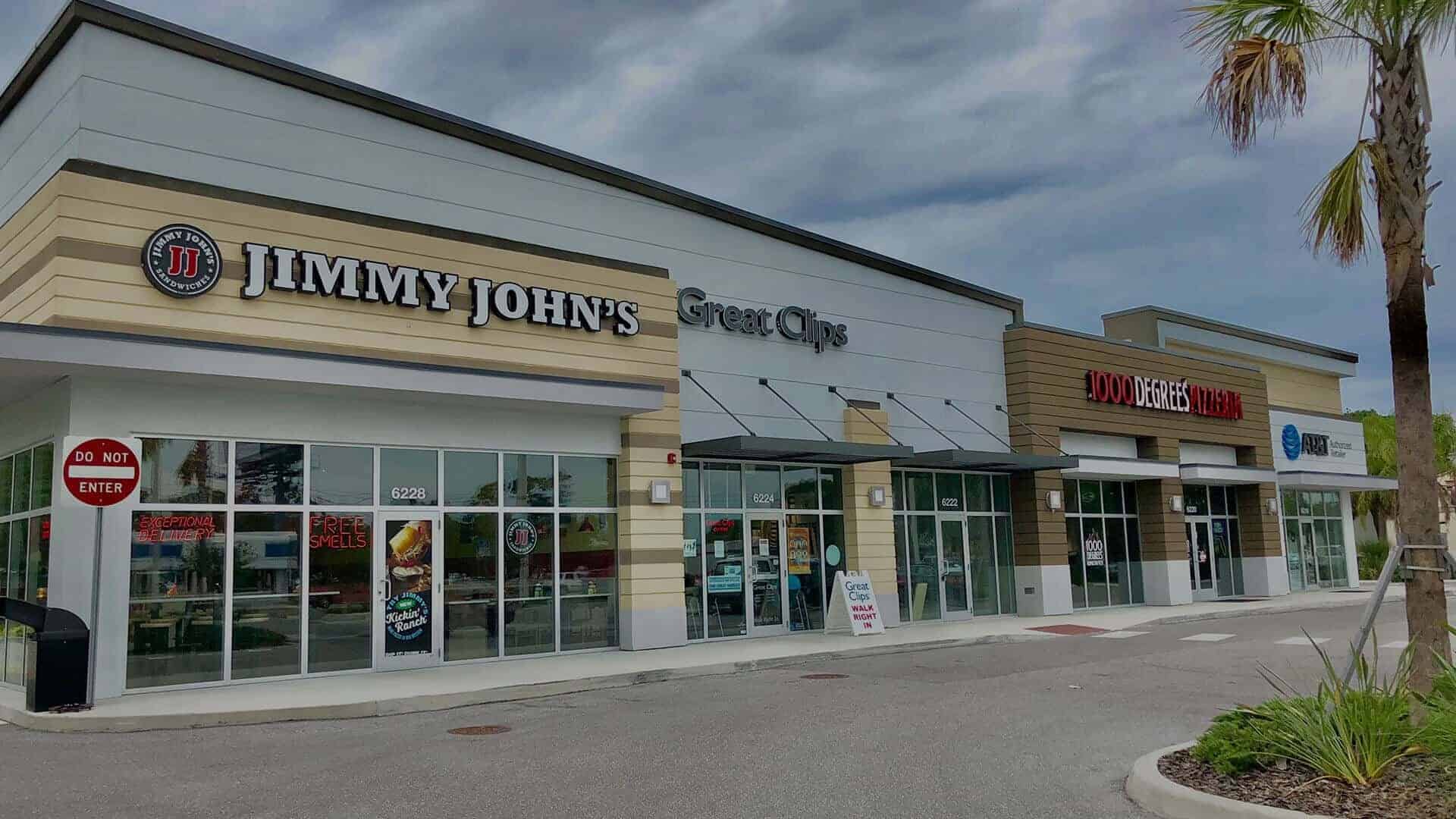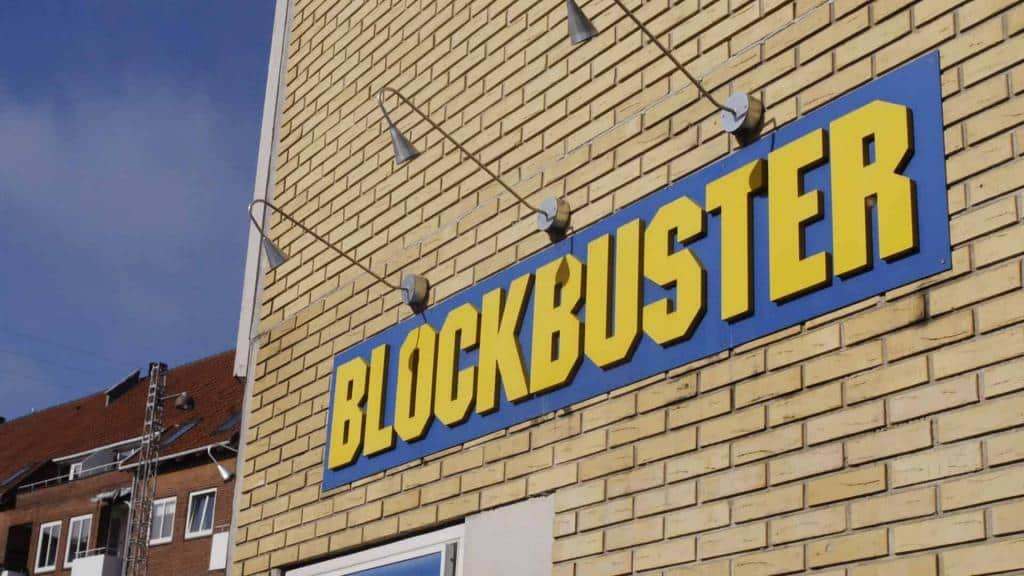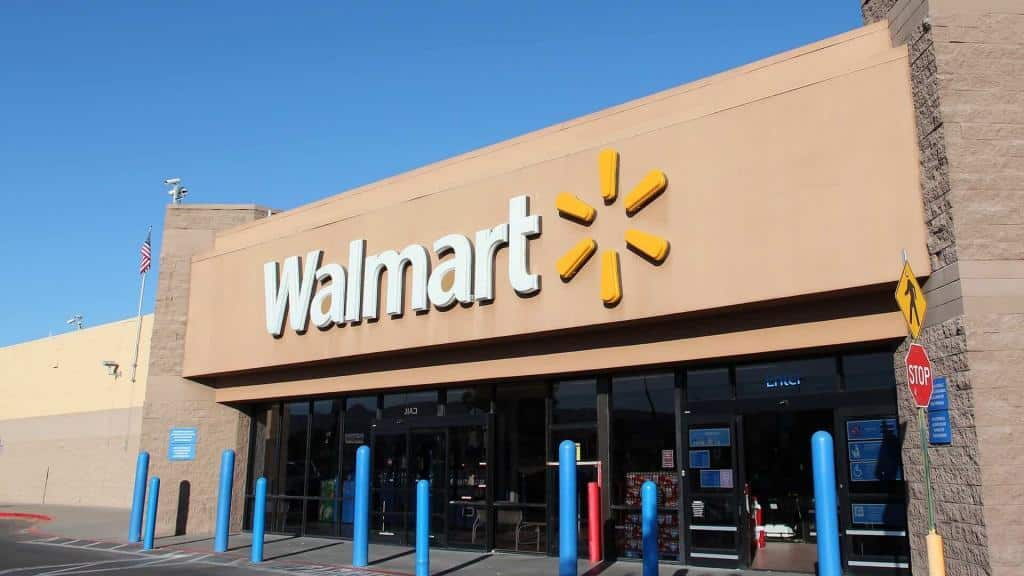Ghost kitchens are a popular concept that have been on the rise even since before the pandemic. Now, with changing consumer demand, labor shortages, as well as the advances in technology, Ghost kitchens are thriving.
One of the main drivers of the ghost kitchens concept prior to the pandemic was that it involved less overhead due to the smaller kitchen only footprint and virtually no employees except kitchen staff. This ghost kitchen food model allows restaurants to achieve higher profit margins by way of recreating how they deliver food to their customers. Since the pandemic, these concepts have been fueled even further purely due to the 43% increase in consumers weekly takeout and delivery orders. Consumer behavior has changed significantly, and we are seeing all generations from Gen-Z to Baby boomers choosing to order delivery and take out more than ever before. Without a brick-and-mortar marketing presence, these kitchens must rely heavily on their digital presence and are doing just that with the help of online technology and delivery apps such as Door Dash, Uber Eats and Postmates.
Many fast-food chains such as Chick-fil-A are even experimenting with the ghost kitchen platform. This is an interesting strategy that we will continue to see more of and look forward to helping owners of these concepts seek out their desired locations.
To read more, click the following links: Ghost Kitchens’ Impact on Restaurant Marketing | QSR magazine Ghost kitchens could be a $1T global market by 2030, says Euromonitor | Restaurant Dive








About The Author: Jeff Dervech
Jeff Dervech is a Tampa local commercial real estate agent, specializing in the arena of retail strip center and shopping centers.
More posts by Jeff Dervech